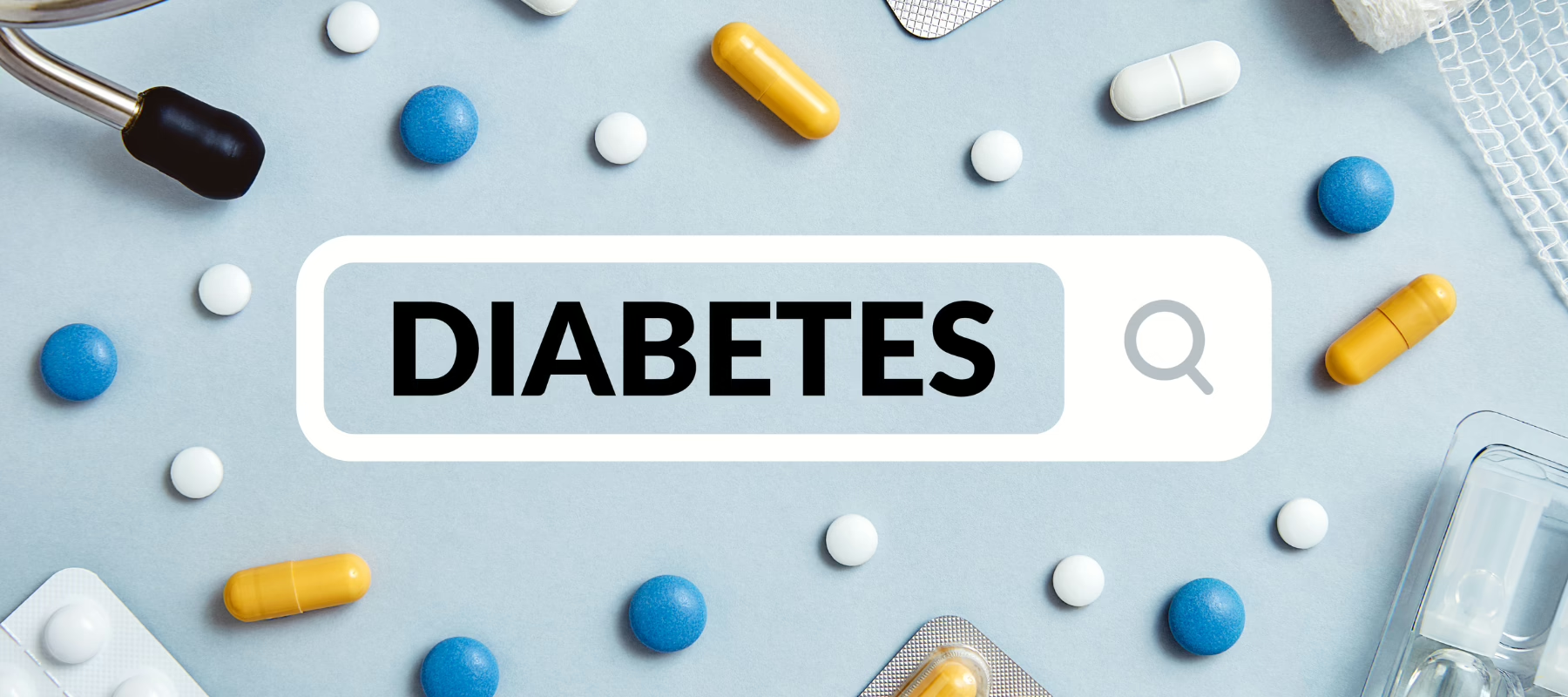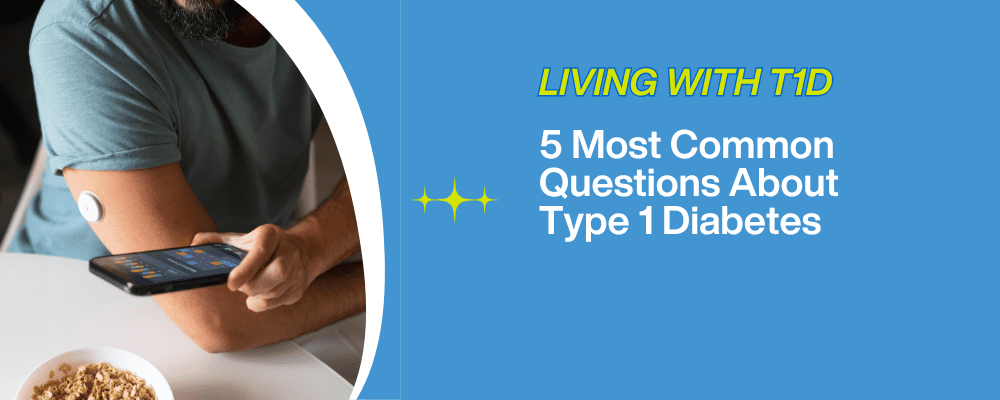Whether you’re newly diagnosed, a donor passionate about finding a cure, or just curious about the science behind type 1 diabetes (T1D), the terminology can be overwhelming. At Diabetes Research Connection (DRC), we believe understanding the language of research empowers all of us to be better advocates, supporters, and scientists.
This guide breaks down key terms you’ll often see in T1D research. We’ll keep updating it as science advances.
Autoantibodies
These are antibodies that target the body’s own tissues. People who develop T1D often produce autoantibodies against components of their own beta cells years before diagnosis, making them an early warning sign.
Autoimmune
Type 1 diabetes is an autoimmune disease, meaning the body’s immune system mistakenly attacks its own tissues. In T1D, that target is the insulin-producing beta cells in the pancreas.
B Cells
Not to be confused with beta cells, B cells are a type of white blood cell involved in the immune response. They produce autoantibodies in T1D, making them a target for immune-modulating therapies.
Beta Cells
Beta cells are found in the pancreas and are responsible for producing insulin, the hormone that regulates blood sugar. In people with T1D, beta cells are destroyed by the immune system.
Continuous Glucose Monitor (CGM)
A CGM is a wearable device that tracks glucose levels in real-time, reducing the need for frequent finger pricks. CGMs help improve glycemic control and alert users to highs and lows.
Diabetic Ketacidosis (DKA)
Diabetic Ketoacidosis, commonly shortened to DKA, is a serious, potentially life-threatening complication most often associated with type 1 diabetes, though it can also occur in type 2 under certain conditions. When the body lacks insulin—whether from a new-onset diagnosis, missed doses, pump issues, illness, or hormone use—it cannot use blood sugar for fuel. Instead, it breaks down fat, producing acidic ketone molecules. When ketones build up too quickly, the blood becomes acidic (acidosis).
Endocrinology
Endocrinology is the branch of medicine focused on hormones and the glands that produce them—including the pancreas. An endocrinologist often helps manage complex diabetes cases.
Exogenous
“Exogenous” means originating from outside the body. People with T1D depend on exogenous insulin—delivered by injection or pump—since their own bodies no longer produce enough.
Glucose
Glucose is the primary form of sugar in the blood and a vital source of energy. Managing blood glucose levels is essential for avoiding the short- and long-term complications of diabetes.
Glycemic Control
This refers to how well someone is maintaining their blood glucose levels within a target range. Good glycemic control is key to preventing diabetes complications and improving quality of life.
Immune Modulation
Rather than completely suppressing the immune system, immune modulation aims to gently shift immune responses to prevent them from attacking beta cells—potentially preserving natural insulin production.
Immunosuppression
Immunosuppressive drugs are used to weaken the immune system. They’re often required after islet or organ transplants to prevent rejection—but they can also increase the risk of infection. Finding ways to protect new beta cells without lifelong immunosuppression is a major focus of T1D research.
Insulin
Insulin is a hormone that allows glucose (sugar) to move from the bloodstream into the body’s cells for energy. In T1D, people must rely on exogenous (external) insulin because their pancreas can no longer produce it.
Islets (Islets of Langerhans)
Islets are tiny clusters of cells in the pancreas that include beta cells (and other hormone-producing cells). When you hear about islet transplantation or islet regeneration, this is what researchers are trying to replace or repair.
Islet Replacement Therapy
This term covers several strategies to restore insulin production by replacing lost beta cells. This could involve:
- Transplanting donor islets
- Using stem-cell-derived beta cells
- Encapsulation devices to protect transplanted cells from the immune system
DRC has supported researchers working in all of these areas.
Pancreas
The pancreas is a gland behind the stomach that plays two major roles: producing digestive enzymes and releasing hormones like insulin and glucagon that control blood sugar.
Phenotype
A phenotype is the observable characteristics of an individual—like height, insulin needs, or risk of complications—that result from a combination of genes and environment. Understanding T1D phenotypes helps researchers tailor treatments more effectively.
Precision Medicine
Precision medicine involves tailoring treatment to an individual’s genetic makeup, environment, and lifestyle. In T1D, it could mean identifying who is at risk before symptoms appear, or designing therapies that work best for certain patients.
Regeneration
Regeneration refers to the body’s ability to repair or regrow its own tissues. Some research focuses on prompting the pancreas to regenerate beta cells, either naturally or with the help of stem cells or other therapies.
Stem Cells
Stem cells are the body’s raw materials—cells that can turn into many different types of cells, including beta cells. Scientists are working to generate new beta cells from stem cells to restore insulin production in people with T1D.
Stress-Mediated Dysfunction
Chronic physical or psychological stress can disrupt normal bodily functions, including hormonal balance and immune response. In T1D research, this concept helps explain how stress might contribute to beta cell failure or immune system misfiring.
Why This Matters
Behind every term is a world of research. When you understand these concepts, you’re not just reading about science—you’re connecting with the mission: to fund early-career scientists whose discoveries could one day prevent, treat, or cure type 1 diabetes.
Want to Learn More?
We regularly fund research projects that explore these concepts. Visit our Research Projects page to dive deeper—or sign up for our newsletter to stay updated as new terms are added to this glossary.
Have a term you’d like explained? Let us know at info@diabetesresearchconnection.org—we’ll continue building this guide with your help.



